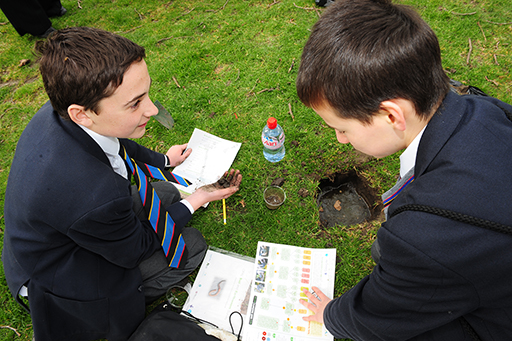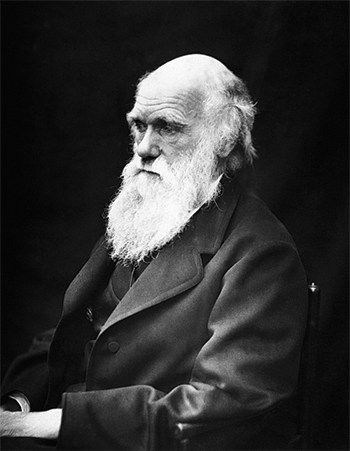2 Defining citizen science

Volunteers have a long history of making significant contributions to science as collectors of data that can be useful and valuable in a wide range of fields including archaeology, astronomy and natural history (Figure 2). Charles Darwin is widely regarded to have been one of the earliest contributors in the UK (Figure 3). While in the USA lighthouse keepers started collecting data on birds as far back as 1880.

The Oxford English Dictionary defines citizen science as the ‘collection and analysis of data relating to the natural world by members of the general public, typically as part of a collaborative project with professional scientists’, although there are other perspectives. In practice, citizen science has emerged under a wide range of terms including public participation in scientific research (PPSR), public engagement with science, informal science education, community science, crowd-based or crowd-sourced science and volunteer monitoring, to name a few. The term citizen science was first used in the 1990s in both the UK and the USA and came from two different frameworks. In his book Citizen Science, Alan Irwin considers the role that scientific expertise can play in bringing the public and science together and building a more scientifically active citizenry, empowering individuals to contribute to scientific development (Irwin, 1995).
Rick Bonney also used the term citizen science in 1995 to describe the growing number of research projects at the US-based Cornell Lab of Ornithology (CLO). This involved volunteers collecting large quantities of bird-related data (or ‘scientific information’, as he called it) across a range of habitats and locations over different timelines (Bonney et al., 2009).
